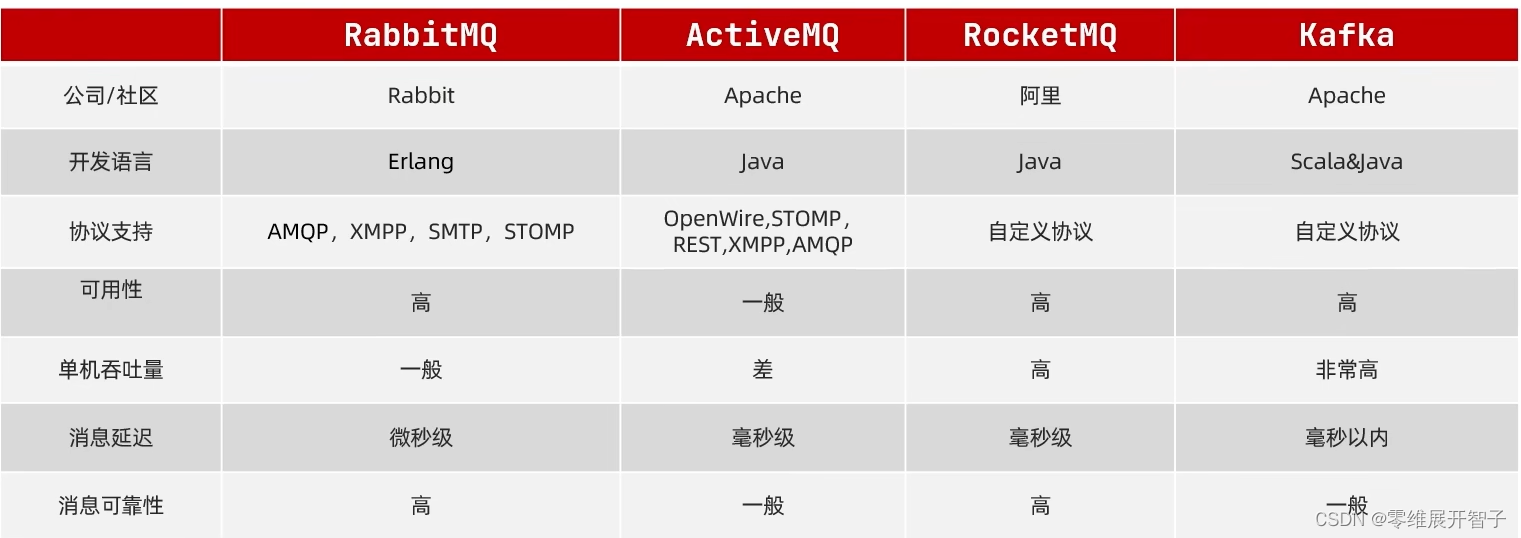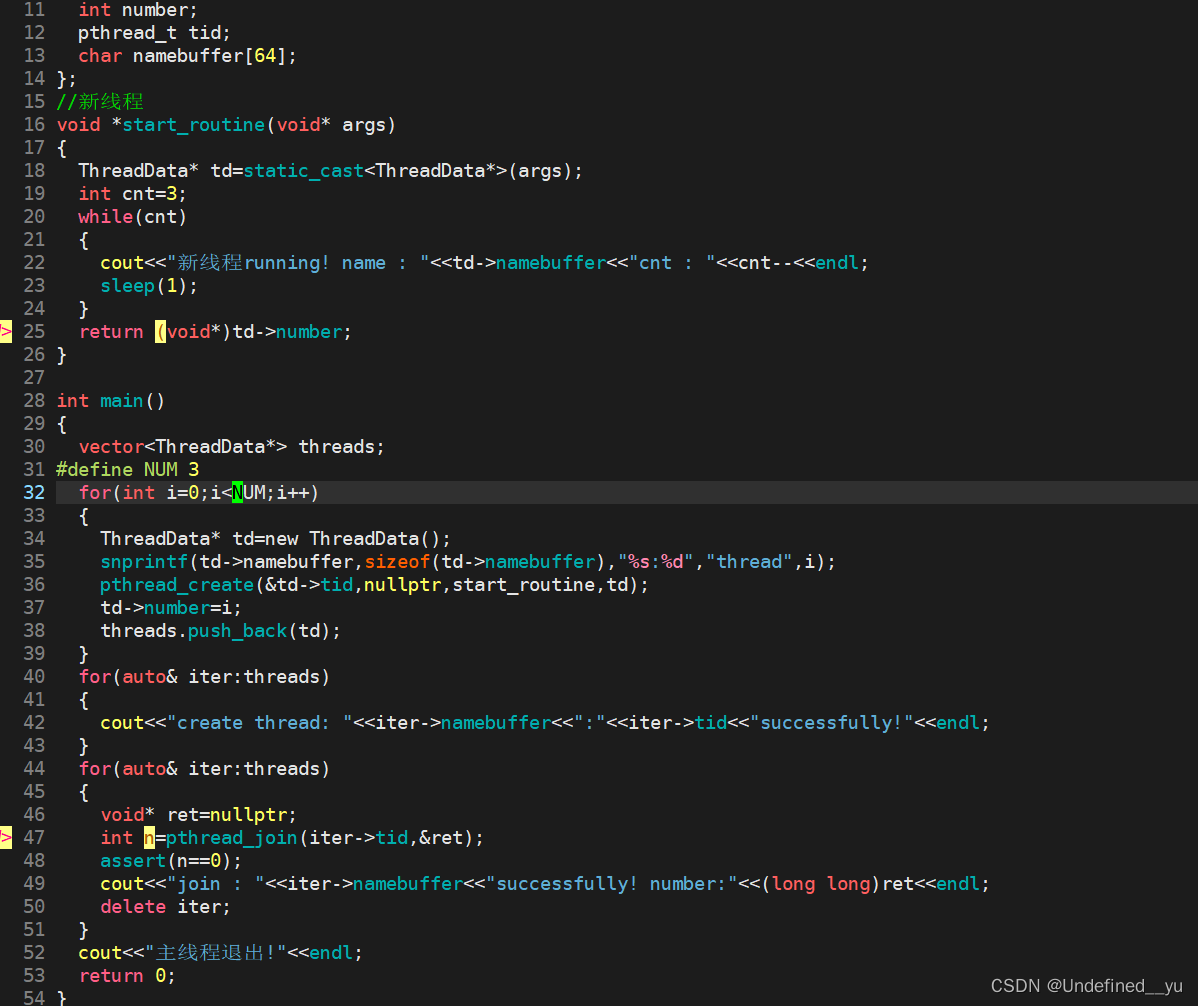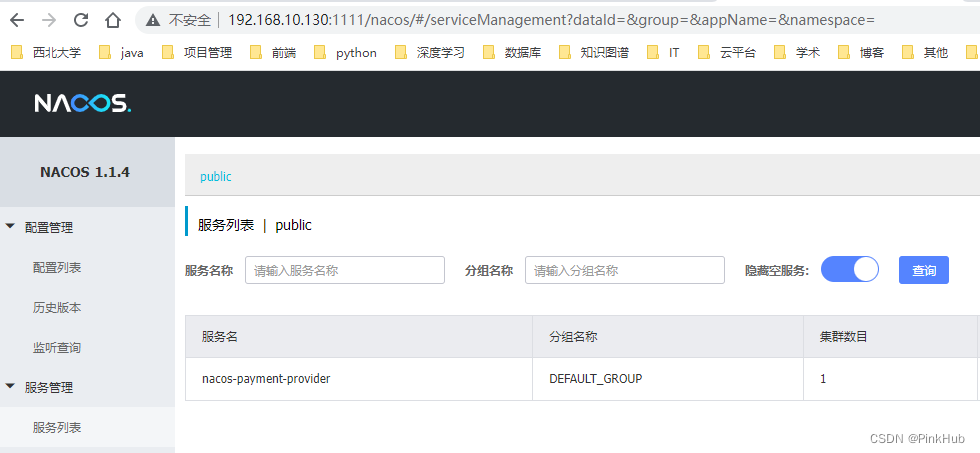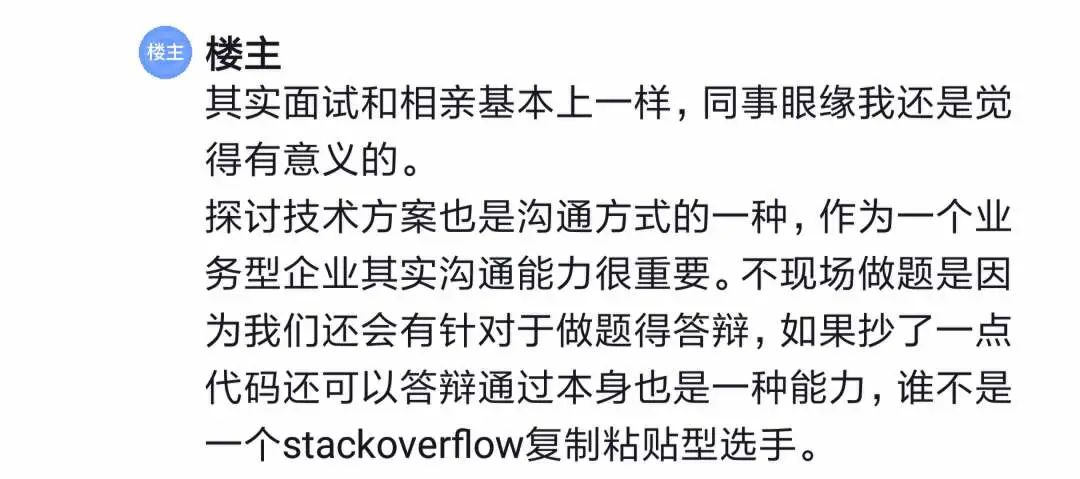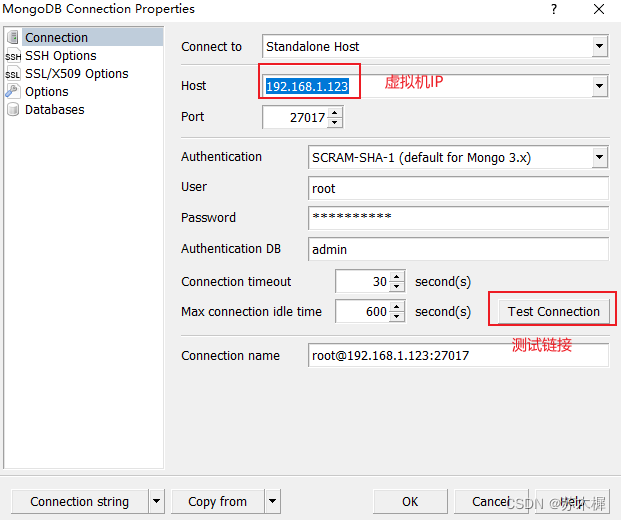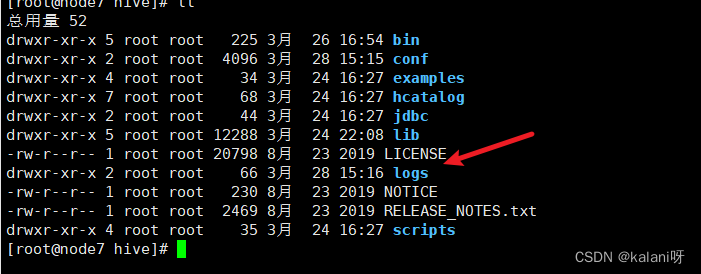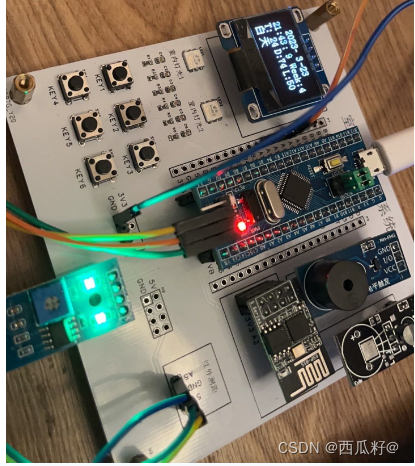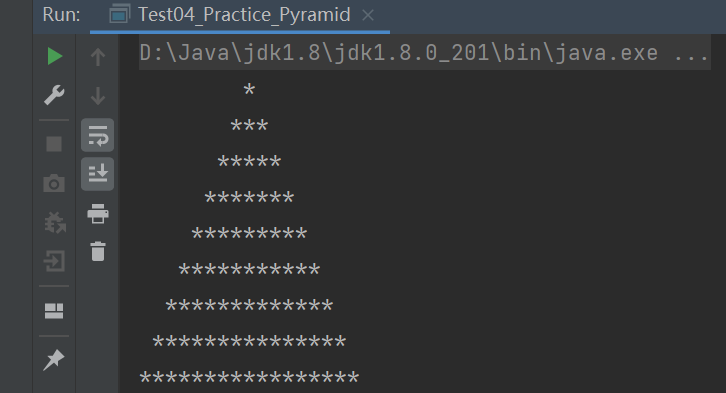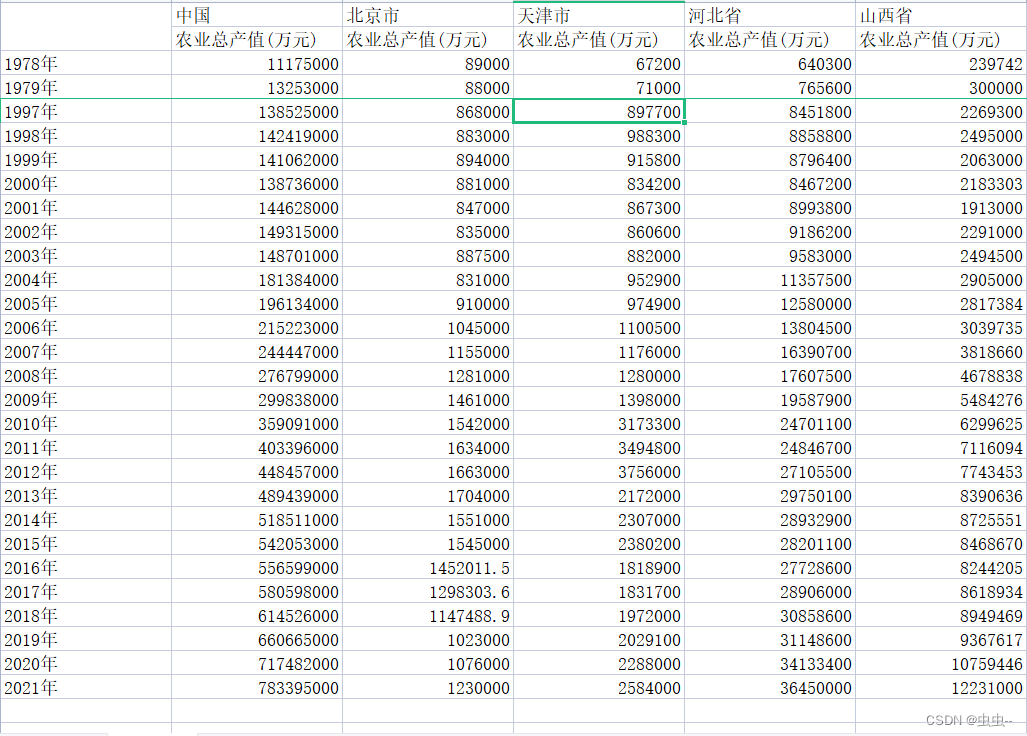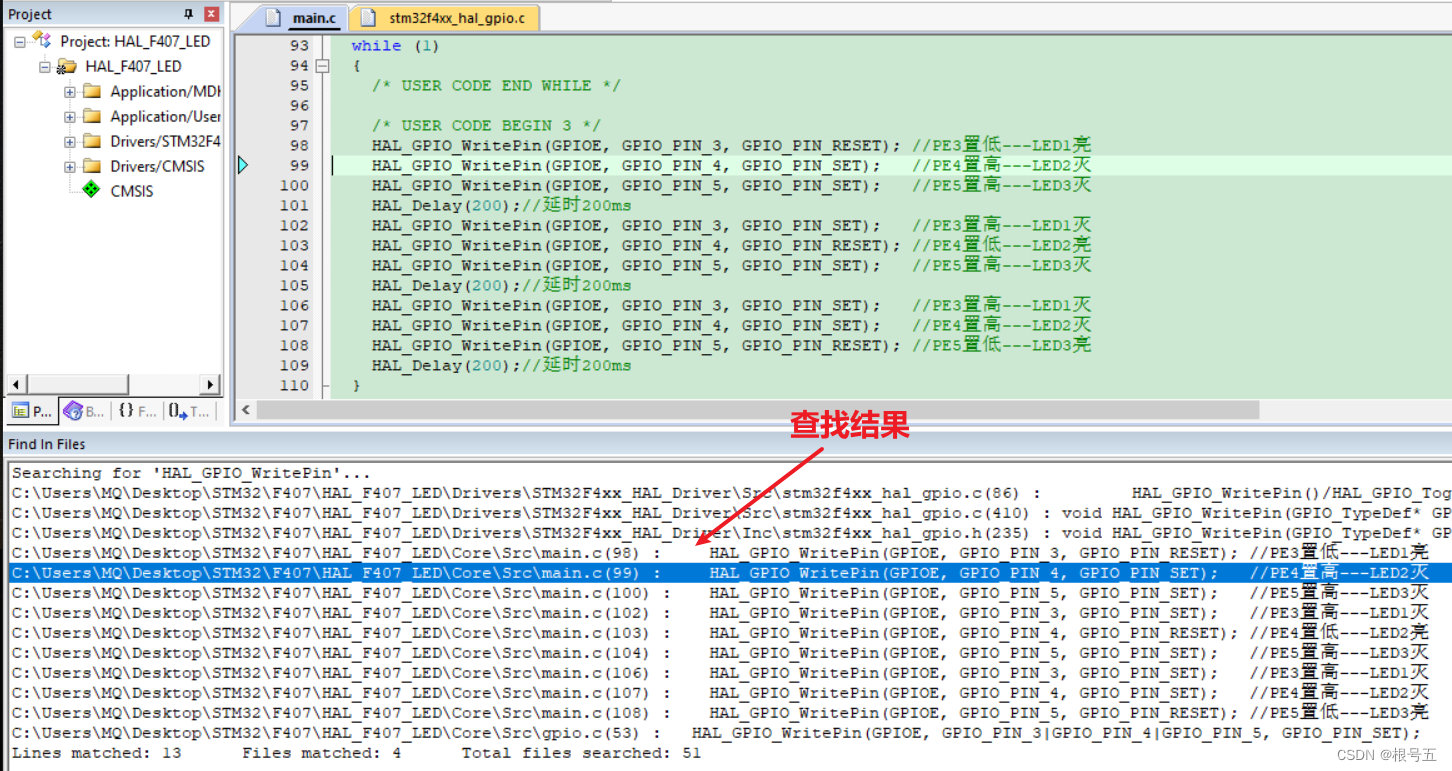1.加载测试专用属性
1.在启动测试环境时可以通过properties参数设置测试环境专用的属性
@SpringBootTest(properties = {"test.value=kllda"})
public class PropertiesTest {
@Value("${test.value}")
private String msg;
@Test
public void testPro(){
System.out.println(msg);
}
}
优势:比多环境开发中的测试环境影响范围更小,仅当前测试类有效
2.在启动测试环境时可以通过args参数设置测试环境专用的传入参数
@SpringBootTest(args = "--test.value=--test")
public class PropertiesTest {
@Value("${test.value}")
private String msg;
@Test
public void testPro(){
System.out.println(msg);
}
}
2.加载测试专用配置
使用@Import注解加载当前测试类专用的配置
@Configuration//定义这个配置类交给Spring容器管理 public class MsgTest { @Bean public String configTest(){ return "hello"; } }@SpringBootTest @Import(MsgTest.class) public class ConfigT { @Autowired private String msg; @Test public void getMsg(){ System.out.println(msg); } }
3.Web环境模拟测试
1.模拟端口
//端口随机 RANDOM_PORT
@SpringBootTest(webEnvironment =SpringBootTest.WebEnvironment.RANDOM_PORT)
public class WebTest {
@Test
public void randomTest(){
}

2.虚拟请求测试
//端口随机
@SpringBootTest(webEnvironment =SpringBootTest.WebEnvironment.RANDOM_PORT)
//开启虚拟请求
@AutoConfigureMockMvc
public class WebTest {
@Test
public void mvcv(@Autowired MockMvc mvc) throws Exception {
//创建虚拟请求访问当前的"/books"
MockHttpServletRequestBuilder builder= MockMvcRequestBuilders.get("/books");
//执行请求
ResultActions actions = mvc.perform(builder);
}
}
3.虚拟请求状态匹配
//发出request请求,看状态码和预期的是否相同
@Test
public void testStatus(@Autowired MockMvc mvc) throws Exception {
//创建虚拟请求访问当前的"/books"
MockHttpServletRequestBuilder builder= MockMvcRequestBuilders.get("/books");
//执行请求
ResultActions actions = mvc.perform(builder);
//设定预期值与真实之间的比较,成功测试通过,失败测试失败
//定义本次调用的预期值
StatusResultMatchers status = MockMvcResultMatchers.status();
//预计本次调用成功的状态200
ResultMatcher ok=status.isOk();
//添加预计值到本次调用过程中进行匹配
actions.andExpect(ok);
}
4.虚拟请求响应体匹配
//查看请求体的数据与预期的是否相同
@Test
public void testContent(@Autowired MockMvc mvc) throws Exception {
//创建虚拟请求访问当前的"/books"
MockHttpServletRequestBuilder builder= MockMvcRequestBuilders.get("/books");
//执行请求
ResultActions actions = mvc.perform(builder);
//设定预期值与真实之间的比较,成功测试通过,失败测试失败
//定义本次调用的预期值
ContentResultMatchers content = MockMvcResultMatchers.content();
//预期请求体的内容
ResultMatcher resultMatcher = content.string("hello");
//添加预计值到本次调用过程中进行匹配
actions.andExpect(resultMatcher);
}
5.虚拟请求响应体(Json)匹配
//json格式的数据
@Test
public void testJson(@Autowired MockMvc mvc) throws Exception {
//创建虚拟请求访问当前的"/books"
MockHttpServletRequestBuilder builder= MockMvcRequestBuilders.get("/books");
//执行请求
ResultActions actions = mvc.perform(builder);
//设定预期值与真实之间的比较,成功测试通过,失败测试失败
//定义本次调用的预期值
ContentResultMatchers content = MockMvcResultMatchers.content();
//预期请求体的内容
ResultMatcher resultMatcher = content.string("{\"id\":2,\"name\":\"111\",\"type\":\"111\",\"description\":\"111\"}");
//添加预计值到本次调用过程中进行匹配
actions.andExpect(resultMatcher);
}
6.虚拟请求响应头匹配
@Test
public void testContentType(@Autowired MockMvc mvc) throws Exception {
//创建虚拟请求访问当前的"/books"
MockHttpServletRequestBuilder builder= MockMvcRequestBuilders.get("/books");
//执行请求
ResultActions actions = mvc.perform(builder);
//设定预期值与真实之间的比较,成功测试通过,失败测试失败
//定义本次调用的预期值
HeaderResultMatchers headerResultMatchers = MockMvcResultMatchers.header();
//预期请求体的内容.
ResultMatcher contentType = headerResultMatchers.string("Content-Type", "application/json");
actions.andExpect(contentType);
}
4.数据测试回滚
为测试用例添加事务,SpringBoot会对测试用例对应的事务提交操作进行回滚
@SpringBootTest
@Transactional//在测试时不会让数据库留下残留数据
public class BookServiceTest {
@Autowired
private BookService bookService;
@Test
public void testServcie(){
Book book=new Book();
book.setType("fsfs");
book.setDescription("adsada");
book.setName("ssssd");
boolean flag = bookService.save(book);
System.out.println(flag);
}
}
如果想在测试用例中提交事务,可以通过@Rollback注解设置
@SpringBootTest
@Transactional//在测试时不会让数据库留下垃圾数据
@Rollback(true)//会出现回滚
public class BookServiceTest {
@Autowired
private BookService bookService;
@Test
public void testServcie(){
Book book=new Book();
book.setType("fsfs");
book.setDescription("adsada");
book.setName("ssssd");
boolean flag = bookService.save(book);
System.out.println(flag);
}
}
5.测试用例数据设定
测试用例数据通常采用随机值进行测试,使用SpringBoot提供的随机数为其赋值

${random.int}表示随机整数 ${random.int(10)}表示10以内的随机数 ${random.int(10,20)}表示10到20的随机数 其中()可以是任意字符,例如[],!!均可
